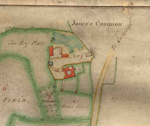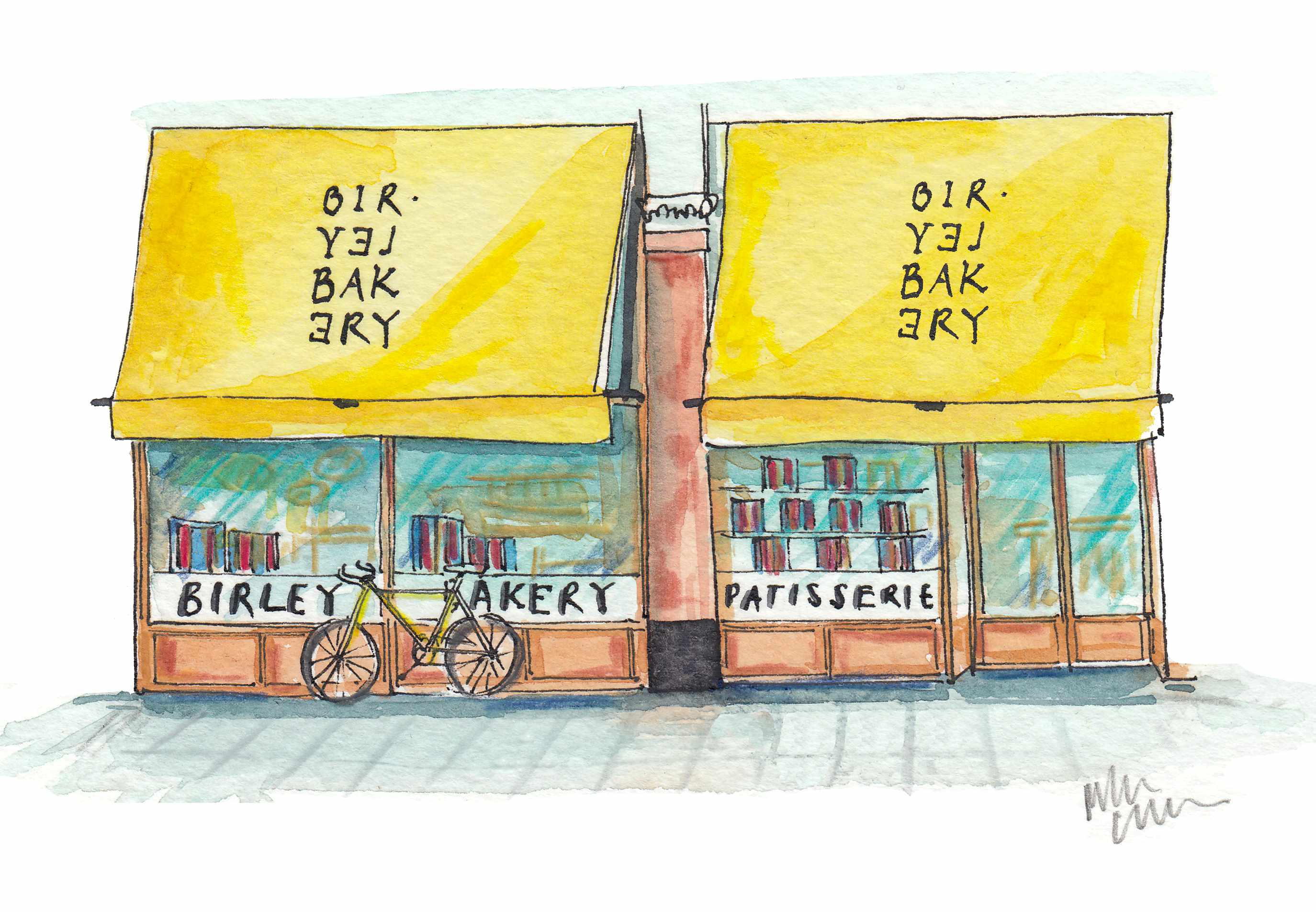Discover the history of your house
Discovering the history of the previous owners, and or guests to your property can be fascinating, but also sometimes grisly. Can you handle the truth?


It is a wonderful thing, unlocking the history of your house. Whether you commission an historian like me, or decide to make the journey yourself; there is a sense of anticipation and excitement about what will be discovered. Is the house a real medieval hall house? Does the cellar belong to a much older building that had existed on the site before? Who built the house in the first place? What was it used for? Will the rumours about a famous resident or visitor prove to be true?
But when you are investigating the history of a building, you can't pick and choose the information. The complete story of a house would include the highs and the lows, the good times and the bad. Are you prepared to find out that your home has a darker past?
In 2012 I had three assignments in a row, where there was either a suicide, a suspicious death or financial ruin (which often preceded the former). Even though these properties were not mine, when researching you can easily become emotionally attached. And although finding the untimely and sad end to people's lives can be considered "run of the mill" in my work, I always take a sharp intake of breath when the evidence is revealed! It can be upsetting, particularly if you have followed the fortunes of a particular person from their birth to their final days.
One of the properties I researched was a mill in Buckinghamshire. I followed local press stories about the owner of the house from 1830 to the 1870s. He seems to have been a real character, either ending up in local tavern brawls, taking fellow local businessmen to court for various perceived transgressions, or one of his businesses catching fire (more than once) or even his own bankruptcy. The trail of his financial demise led to the day after he officially lost his fortune. The coroner's report which I found on Ancestry.co.uk confirmed that as a result of "intoxication", he had fallen into the river next to the mill. If that wasn't enough, 10 years later, his brother-in-law who had taken over the running of the mill had taken his own life in a first class railway carriage from London to Carlisle.
Another house I researched was an 18th century long house on the South Downs in Sussex. A family had been the tenant farmers of land covering hundreds of acres for hundreds of years. I had traced their tenure from the tender early days in the 1630s up until 1913. The family was wealthy and well-established in the area. But this began to unravel when the head of the family, in 1844 was drowned off the south coast aged just 42. Things didn't really improve after that. Finally, in 1913 after over 10 years of rent arrears the patient landlord had to call in the debt. After over 250 years of farming that land, the family were forced to leave, the head of the family was declared bankrupt and even though his son took over the lease, within the year the house it was up for sale again.
The final example was an 18th century country house in Gloucestershire. From its construction in the 1780s it was occupied by a string of tenants and in 1903 the new tenants were a newlywed couple. Local press in 1905 reported in lurid detail the tragic story of the wife, who following the birth of her first child had killed herself with a knife in the house. With the benefit of modern medicine and psychiatry for us in 2013 it is easy to see she had been suffering from post natal depression.
I always ask my clients, before beginning the research whether they would like to have the "warts and all" story of their house; having said that, very few say no. Even where I am researching just the structural evolution of the house, more than the social side, most home owners decide to know all the gruesome details. Would you?
Sign up for the Country Life Newsletter
Exquisite houses, the beauty of Nature, and how to get the most from your life, straight to your inbox.
Ellen Leslie BA (Hons) Dip Cons (AA) is an historian who researches the history of buildings for conservation architects and other and property professionals as well as private home owners. She studied at the Architectural Association's School of Architecture and attained the Postgraduate Diploma in the Conservation of Historic Buildings. You can find out more about Ellen's work and her one-day house history workshops from her website www.ellenleslie.com and from her blog www.building-storeys.blogspot.co.uk

This is an article from ProjectBook which provides a wide range of information for the conservation, restoration, care and repair of period and listed buildings.
Established in 2008, Projectbook provides recognition and support for the Uk's leading conservation and heritage professionals as well as putting property owners in touch with the right people and information.
Ellen Leslie is a member of the Heritage Register which contains over 500 conservation approved craftsmen, contractors and consultants from all over the UK. Updated daily with new content, the website features the Heritage Register, a products directory, informative articles, current news, events around the UK and more. For more information, visit www.projectbook.co.uk.
* Carousel image from brentfordandchiswicklhs.org.uk
Country Life is unlike any other magazine: the only glossy weekly on the newsstand and the only magazine that has been guest-edited by HRH The King not once, but twice. It is a celebration of modern rural life and all its diverse joys and pleasures — that was first published in Queen Victoria's Diamond Jubilee year. Our eclectic mixture of witty and informative content — from the most up-to-date property news and commentary and a coveted glimpse inside some of the UK's best houses and gardens, to gardening, the arts and interior design, written by experts in their field — still cannot be found in print or online, anywhere else.
-
 'That’s the real recipe for creating emotion': Birley Bakery's Vincent Zanardi's consuming passions
'That’s the real recipe for creating emotion': Birley Bakery's Vincent Zanardi's consuming passionsVincent Zanardi reveals the present from his grandfather that he'd never sell and his most memorable meal.
By Rosie Paterson Published
-
 The Business Class product that spawned a generation of knock-offs: What it’s like to fly in Qatar Airways’ Qsuite cabin
The Business Class product that spawned a generation of knock-offs: What it’s like to fly in Qatar Airways’ Qsuite cabinQatar Airways’ Qsuite cabin has been setting the standard for Business Class travel since it was introduced in 2017.
By Rosie Paterson Published
